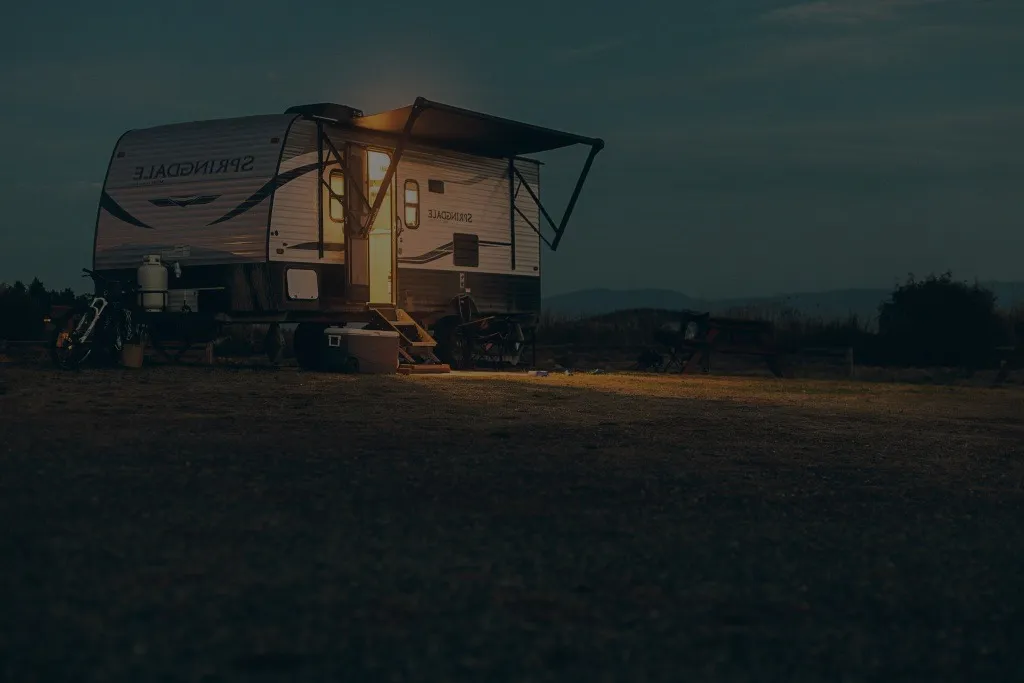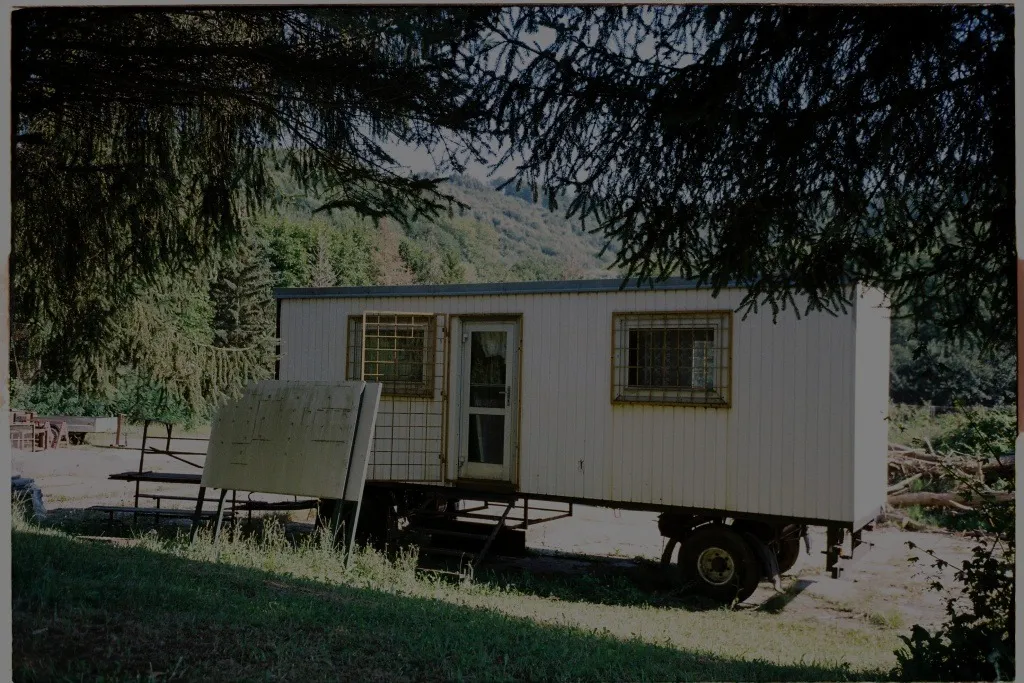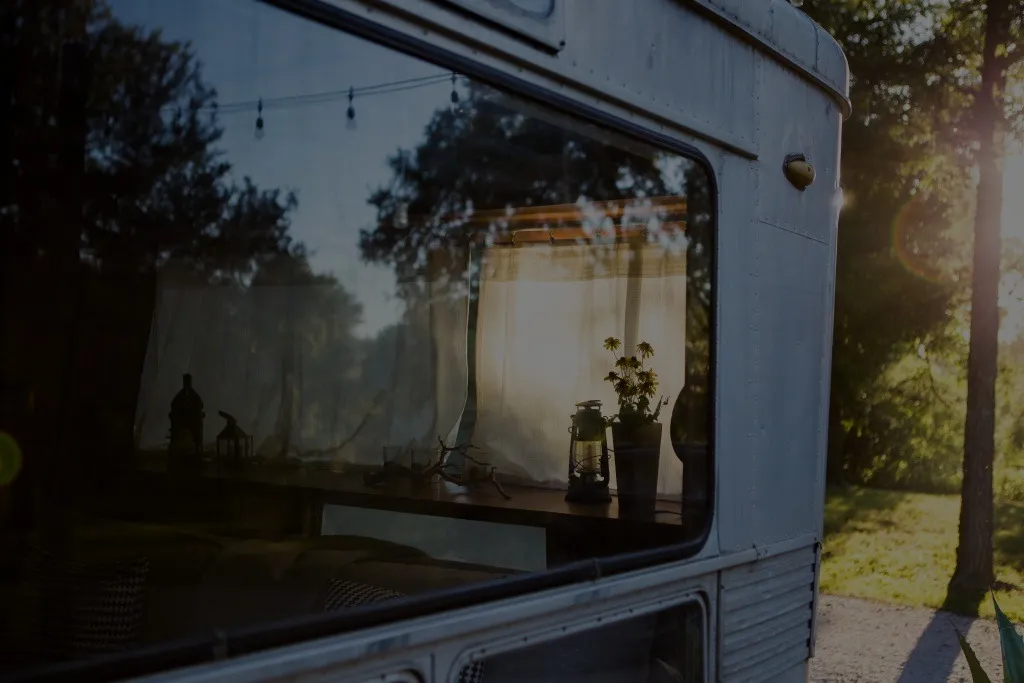Manufactured homes are seeing a bit of a resurgence in popularity. For one, young Americans are ditching the McMansion for more minimalistic living. In its annual industry overview, the Manufacturing Housing Institute reported that 22 million Americans lived in manufactured homes in 2022 (the latest data available). In the most recent data (March 2023) from the Census Bureau’s Manufactured Housing Survey (MHS), the average sales price nationwide for a new manufactured home was $128,300. As of January 2023 (also the latest data available), 7,000 units were shipped to date.
And in many communities, particularly those in the South and Midwest, a new manufactured home represents an important housing opportunity, being both more affordable and quicker to build than a standard, site-built home. Per market and consumer data provider Statista, as of December 2021 (the latest government data available), Texas was the U.S. state with the highest number of manufactured homes, 137,460. Florida and Louisiana followed, with 50,761 and 46,381 homes, respectively. And the top three U.S. States buying the most manufactured homes vs. site-built homes are Mississippi, West Virginia and Kentucky.
So how much does a new mobile home cost? What are the features that might make it either cheaper or more expensive? In this article, we’ll get into the benefits of manufactured homes, plus everything that you need to know to make a smart and cost-effective new manufactured home purchase.
Is there a difference between a manufactured and a mobile home?
You’ve probably heard both terms thrown around. Is a mobile home the same as a manufactured home? If you’re confused, you’re not alone. Most of us still use these two terms interchangeably when we refer to a housing unit on wheels. The difference is in when they were built.
It means that if the structure is built after 1976 and meets all federal rules for quality, durability, safety, and affordability, it is technically called a “manufactured home.” If it was built before 1976, it is technically called a “mobile home.” Today, many people still use the term “mobile home” when referring to a manufactured home.
What is included in the cost of a mobile home?
The cost breakdown for a manufactured home includes:
- The type of home (single-wide, double-wide or triple-wide/multi-wide)
- Customizations and add-ons
- Cost of the land
- Cost of rent in a community

Three types of manufactured homes
Manufactured homes come in three sizes:
-
Single-wide
Single-wide manufactured homes are the smallest of all the options and are typically the least expensive. They generally include one to two bedrooms and one to two bathrooms and are about 500 to 1,200 square feet. Single-wide manufactured homes measure 18 feet or less in width, 90 feet or less in length, and up to nine feet in height, which is about half the size of today’s average site-built family homes. Single-wide fits within a highway lane, which means that less on-site work will be required.
-
Double-wide
Double-wide manufactured homes are constructed and transported in two sections and then assembled on-site. Expect to find two to three bedrooms and two to three bathrooms, plus added layout features you won’t find in single-wide manufactured homes, such as separate dining rooms. The larger size allows for more customization when it comes to the interior layout and the exterior. Double-wide homes run widely between 1,000 and 2,300 square feet. Sizes vary as well. They can be eight to 16 feet wide, 42-60 feet long, and up to nine feet in height. This is the interior only, outside features like covered parking and porch are not included.
-
Triple-wide/multi-wide
A triple-wide manufactured home — sometimes referred to as a multi-wide — can range up to 4,500 square feet and 50 feet in length. The width varies depending on the specific features of the structure. There is much more layout customization possible with a triple-wide manufactured home, and you’ll likely find at least three bedrooms and two bathrooms, though probably more.
In terms of appearance, single-wide manufactured homes have the most trailer-like appearance, whereas double-wide and triple-wide manufactured homes have the appearance of standard site-built properties.
Add-ons and customizations
Just like with the traditionally built new homes, manufactured homes can be customized, from cabinet finishes to plumbing fixtures to flooring. They can come with fully equipped kitchens, vaulted ceilings, walk-in closets, and luxurious bathrooms. Just like site-built homes, they can be spiffed up outside too. Exterior sidings can include wood or stucco, and roofs can be enhanced by gabled ends and shingles. Cosmetic customizations will cost less than adding exterior features like a porch or a garage. Adding square footage is also possible, like an extra room, but it might get expensive.
Cost of the land
The price of the manufactured home will also include the cost of the land it will be on, so if you plan to place the home on land you are buying or already own, factor in the price of the land, including property taxes. The total should also include preparing the site to host the home, like grade work to ensure proper drainage. The cost of grade work depends on several factors, including local requirements, whether the land is on a hill or a slope or flat land, the condition of the soil, and whether there are trees on the property.
Need moving services? We're here to help!
Get up to 4 free quotes from top quality moversCost of rent in a community
If you don’t own land and don’t want to buy it, you can rent space in a mobile home park or manufactured home community. The costs vary greatly depending on the location in the country, which services and amenities are offered, and more. The landlord will collect rent in exchange for allowing you to stay on their land. Some communities offer amenities like pools and services like lawn care or trash pickup. Some might include utilities like water in the rent.
What else is factored into the price?
The cost for a new manufactured home can also vary widely depending on where and when you are looking to purchase. Manufactured homes in the West, for example, are more expensive than in the South and Midwest. Likewise, you’re likely going to spend less for a new manufactured home if you buy in late winter (January to March) than if you buy at another time of year.
As for the lot that the home sits on, the cost depends on buying it or renting it. Many manufactured home buyers rent their lots, which costs anywhere from $100 to $900 a month and may require additional fees, such as an HOA. Buying the land requires a larger fee upfront. An acre of land in New Jersey goes for $196,410 per acre (the highest) while it’s $1,558 in Wyoming (the lowest). Depending on the state that you’re in, it may be more cost-effective to buy the land than to rent it.
The nationwide average cost for a new manufactured home
Data courtesy of U.S. Census Bureau data.
- Single wide: $81,400
- Double wide: $160,400
- Triple wide/multi wide: Up to $250,000
Benefits of buying a new manufactured home
It isn’t just their lower price tag that makes manufactured homes an intriguing investment for buyers. A new manufactured home has many other important qualities that may make someone want to consider a purchase:
- The taxes are lower. Property taxes are not as high as on a site-built home. That’s because manufactured homes are classified as personal property, whereas site-built homes are real estate property — a higher taxed designation.
- They’re safer than ever before. The introduction of HUD codes on mobile homes in the late 1970s meant that there have been fewer mobile home fires than there were previously and more protection from natural disasters. According to MHI, in hurricane zones, the standards for manufactured homes are even more stringent than regional and national building codes for site-built homes.
- They’re quick to build. Since they’re built in factories, there’s an inherent efficiency to the way they’re designed and put together. They’re also not going to be delayed by bad weather.
- They’re customizable. A new manufactured home offers buyers the chance to customize their living space without the high price tag normally associated with new construction.

Financing your manufactured home
You won’t be able to get a traditional mortgage for a new manufactured home since, again, manufactured homes are not considered real estate. This leaves you with more limited options for financing, though you also have an advantage in that the loan you’ll need to take out is likely considerably less than it would be for a site-built home.
According to HUD, the most common method of financing a manufactured home is through a retail installment contract, available through your retailer. Some lending institutions that offer conventional, long-term real estate mortgages may require the homes to be placed on approved foundations. Manufactured homes could also be eligible for government-insured loans offered by the Federal Housing Administration (FHA), the Veterans Administration (VA), and the Rural Housing Services (RHS) under the U.S. Department of Agriculture.
-
FHA loans
Support may be available for your manufactured home purchase through the Federal Housing Administration. With an FHA loan, you still have to secure outside financing, but you’re considered less risky since the government promises to cover your debt if you can’t. It isn’t necessarily easy to get an FHA loan; however, there are certain requirements you will need to meet first, including owning the land that your manufactured home is going to sit on.
-
USDA loans
If your manufactured home will have a permanent foundation and you’re financing both the home and the land it will sit on, then you may qualify for the Rural Housing Services (RHS) loan under the U.S. Department of Agriculture, also referred to as the USDA loan. There are some other pretty strict regulations for eligibility. Read the fine print carefully before sending in your application.
-
VA loans
If you are a former member of the military, consider applying for a VA loan for your manufactured home, which operates much the same as an FHA loan but is specifically for veterans. With a VA loan, you can finance up to 95% of the purchase value for your manufactured home and the land it will be on.
-
Chattel loans
Chattel loans are the most popular financing option for manufactured homes and are the easiest to get. However, they carry high-interest rates and aren’t ideal if you can avoid them. You’ll need to get a chattel loan for financing if you’re planning to rent the land under your home sits on.
A manufactured home can be an affordable housing investment with the right financing. Consider all of the inherent costs when deciding, including location, size, and whether you want to rent or purchase the land.

Considerations before you buy a mobile or manufactured home
- Purchasing a mobile or manufactured home differs from buying a site-built home. The type of ownership is different too. A manufactured home is considered private property as opposed to the real estate classification of the traditionally built home. You will have a title, but not the deed.
- You can’t get a traditional mortgage. You can get financing, however, as described above, like conventional loans and loans through several government agencies.
- Value depreciation vs. increase in value. Real estate is likely to increase in value over time, but manufactured homes typically depreciate in value like a lot of private property (think a car). This is good news if you’re shopping for an inexpensive used manufactured home as you can get a good deal. And, if you already own one, as long as you maintain it well, it’s not likely to lose a lot of value. The smaller footprint can also mean less maintenance cost.
- Home inspection is much simpler. While inspecting a traditionally built home can take several steps, dozens of hours, a lot of paperwork, and the involvement of several inspectors, you can expect a much more simplified inspection. Typically, they’re inspected for any issues with the roof, the plumbing, the heat, and the electricity.
Frequently asked questions about a new mobile home cost
What are the major current HUD safety standards?
The HUD Code regulates home design and construction, strength and durability, fire resistance, and energy efficiency. HUD revised the building code in the early 1990s to improve and expand energy efficiency and ventilation standards, plus wind resistance in areas prone to hurricane-force winds. Manufactured homes are required by federal laws to have smoke detectors, escape windows, and “limited combustible materials” around furnaces, water heaters and kitchen ranges.
Planning to move into a manufactured home?
Whether you need help moving into your manufactured home, our extensive network of reputable and reliable movers can get the job done. All relocation companies in our network are licensed and insured.
If you need to move your manufactured home, we’ve got you covered as well. Plus, if you need to store your belongings, we can help with that, too. Moversnearyou.info can connect you to trustworthy and affordable self-storage facilities in your area.